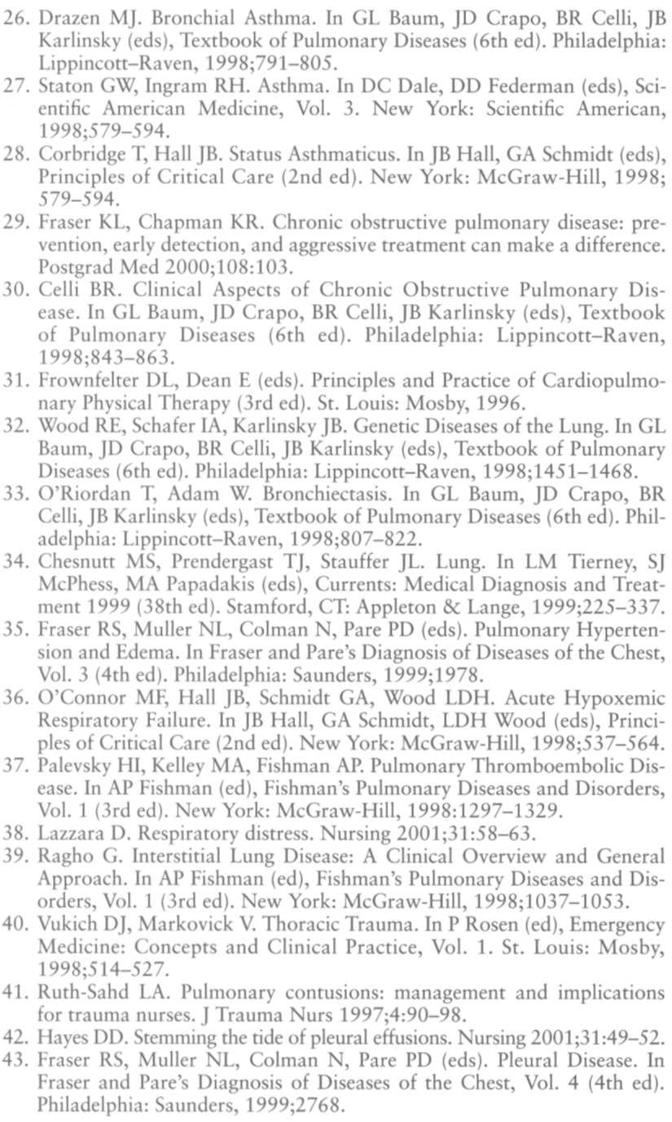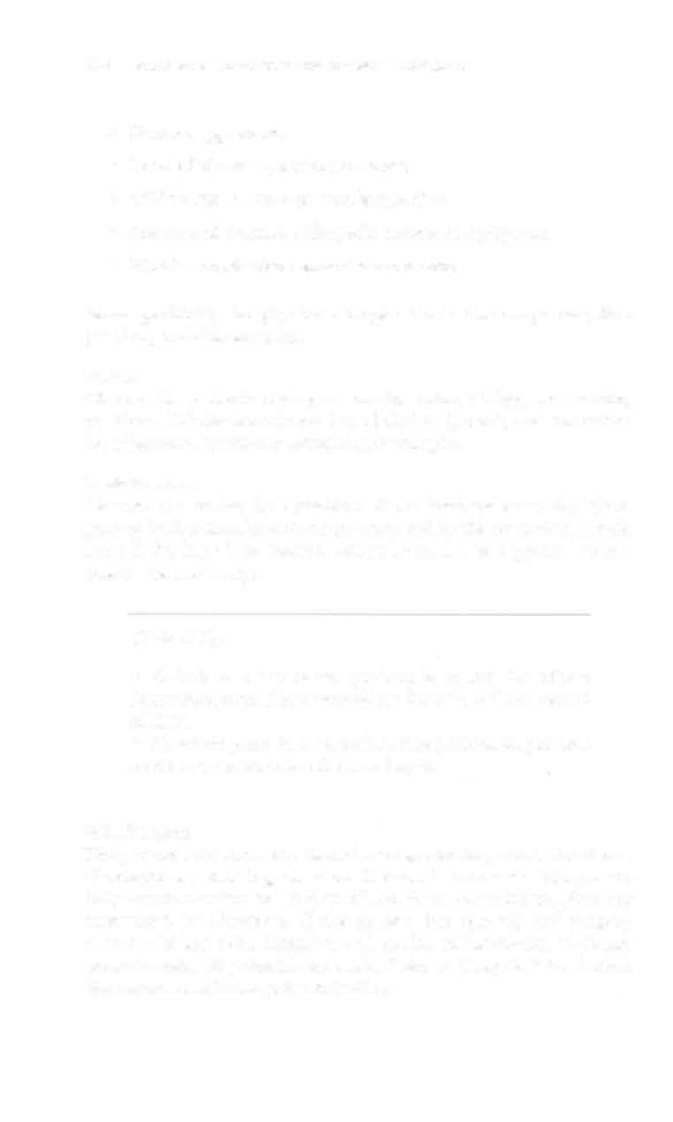i bc27f85be50b71b1 (49 page)
Read i bc27f85be50b71b1 Online
Authors: Unknown






3
Musculoskeletal System
Michele P. West and James J. Gaydos
Introduction
An understanding of musculoskeletal pathology and medical-surgical
intervention is often the basis of physical therapy evaluation and treatment planning for patients with acute orthopedic impairments. The primary goal of the physical therapist working with a patient in the acute care setting is ro initiate rehabilitative techniques that foster early restoration of maximum functional mobility and reduce the risk of secondary complications. The objectives for this chapter are to provide the following:
1.
A brief descriprion of rhe srructure and function of the musculoskeletal system
2.
An overview of musculoskeletal evaluation, including physi-
cal examination and diagnostic tests
3.
A description of fracrures, including etiology, medical-surgical
management, clinical findings, and physical therapy intervention
4.
A description of joint arthroplasty and common surgeries of
the spine, including surgical management and physical therapy intervention
159

160
AClITE CARE HANDBOOK FOR I'HYSICAL THERAPISTS
5.
An overview of common sofr tissue injuries, including surgical
management and physical therapy intervention
6.
A brief overview of equipment commonly used in the acute care
setting, including casts, braces, external fixators, and traction devices
Structure and Function of the Musculoskeletal System
The musculoskeletal system is made up of the bony skeleton and contractile and noncontractile sofr tissues, including muscles, tendons, ligaments, joint capsules, articular cartilage, and nonarticular cartilage. This matrix
of soft tissue and bone provides the dynamic ability of movement, giving
individuals the agility to move through space, absorb shock, convert
reactive forces, generate kinetic energy, and perform fine moror tasks.
The musculoskeletal system also provides housing and protection for
vital organs and the central nervous system. As a result of its location and
function, the musculoskeletal system commonly sustains traumatic injuries and degenerative changes. The impairments that develop from injury or disease can significantly affect an individual's ability to remain functional without further pathologic compromise.
Musculoskeletal Examination
The initial evaluation of a patient with orthopedic dysfunction is
invaluable to clinical management in the acute care setting. Physical
therapy intervention for the patient with orthopedic impairments typically occurs postoperatively or after an injury is managed by the medical-surgical team.
Patie1lt History
In addition to a standard medical review (see Appendix I-A), information pertaining to the patient'S musculoskeletal history should include the following:
•
Cause and mechanism of injury at present
•
Previous musculoskeletal, rheumatologic, or neurologic disease,
injury, or surgery

MUSCULOSKELETAL SYSTEM
161
• Functional level before admission
• Previous use of assistive device(s)
• Recreation or exercise level and frequency
•
Need for adaptive equipment or foorwear on a regular basis
(e.g., a shoe lift)
• History of falls
• History of chronic pain
An understanding of the current medical-surgical management of
musculoskeletal disease or injury should include
•
Physician-dictated precautions or conrraindications to treatment, slich as weight-bearing Status or activity level, or for the positioning of extremities
• The need for a splint, brace, or other equipmenr at rest or
with activity
• Most recent lab values (e.g., hematocrit)
•
Type and last dose of pain medication
•
Whether the patient has been out of bed since admission to
the hospital
Paill
Musculoskeletal pain quality and location should be determined
subjectively and objectively. Use a pain scale appropriate for the
patient's age, mental status, and vision. Note if pain is constant or
variable, and if movement or position increases or decreases the
pain. Refer to Appendix VI for more detailed information on pain
assessment and management.
Obseroatio11
A wealth of information can be gathered by simple observation of the
patient. This includes


162
AClITE CARE HANDBOOK FOR I'HYSICAL Tl-IERAI'ISTS
• General appearance
• Level of alertness, anxiety, or stress
• Willingness to move or muscle guarding
• Presence of external orthopedic devices or equipment
• Muscle substitutions on active movement
More specifically, the physical therapist should observe posture, limb
